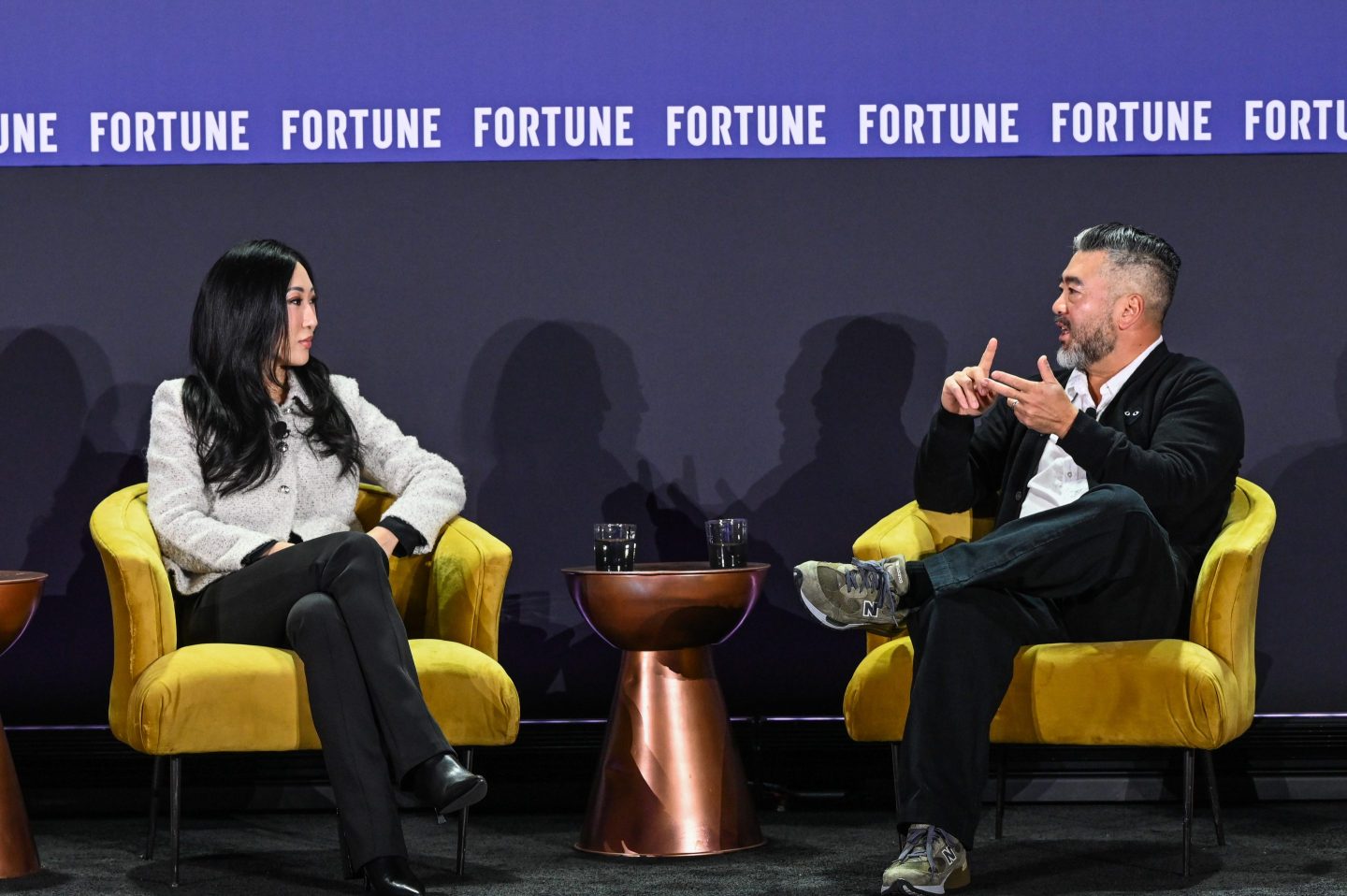Good morning!
Women executives at the world’s biggest companies have overcome countless challenges to climb to the top, including workplace harassment, gender-based prejudices, and a lack of promotions. But they can’t seem to overcome the gender pay gap.
Women workers on average make 83 cents on the dollar compared to men, according to the new 2024 Gender Pay Gap Report by Payscale, a compensation data, software and services provider. But as they climb the corporate ladder, it turns out that the pay gap actually increases. Women managers and supervisors earn 83 cents, directors make 82 cents, and executives make only 72 cents on the dollar.
There are several factors that go into the gender pay gap at all career levels, including work disruptions like maternity leave, caring for children, and entering the workforce at a lower wage.
“Sometimes it is to do with the fact that their initial salary as they started their career may have been impacted by bias or failure to negotiate,” Ruth Thomas, pay equity strategist at Payscale, tells Fortune. “And they continue to carry that with them as they go through their career.”
But the gap at the executive level also has something to do with the gendered nature of the top roles in the C-suite. “You have functions, for example, such as marketing and HR, that are typically female-gendered historically,” says Thomas. “We will see in our market data it’s not uncommon to see the head of marketing pay to be very different from, say, the head of finance pay.”
As for the salaries of average women workers outside the C-suite, they might want to think about changing jobs if they want to start earning more money. Women who were looking to change jobs within the next six months earn 84 cents on the dollar, compared to women who were staying put—they earn 80 cents on the dollar.
“What we see is that employer loyalty backfires on women, and actually exacerbates the pay gap,” says Thomas. “So women who are potentially more mobile, more willing to consider other job opportunities, or who have moved and are ready to move again during the Great Resignation, have probably benefited from the wage inflation that occurred during that period.”
Not everyone is free to constantly look for work elsewhere, however. Some women may be staying at their company for the health care benefits or flexible working schedules—a path that offers fewer opportunities for career advancement. But across the board, women are more likely to stagnate in their careers and stay longer in low-level roles.
“We see that women, and in particular, women from all minority groups, are more likely to be individual contributors than men are right out of college,” Amy Stewart, associate director of content and editorial at Payscale, told Fortune. “And then as they age, men are going to be promoted into managerial director and executive roles at a higher volume than women are.”
Emma Burleigh
emma.burleigh@fortune.com
@EmmaBurleigh1
Around the Table
A round-up of the most important HR headlines.
Planet Fitness’ former CEO resigned from the company’s board, citing disagreements over laying off 9% of the gym chain’s workforce. Wall Street Journal
A veteran tech recruiter dishes her trade secrets on how to recruit recently laid off top talent—from setting Google alerts to sharing firing lists. Business Insider
The U.S. Labor Department says illegal child labor is increasingly common and has accused a sanitation company of hiring kids to clean dangerous meat processing machines. AP
Watercooler
Everything you need to know from Fortune.
Remote advocates. Yahoo’s former CEO believes remote work ruins the idea of a company culture, and says her RTO orders were a result of reduced employee productivity. —Michael Liedtke, AP
On the daily. Americans are having a difficult time making ends meet—and an increasing number of workers want to get paid everyday to stay on top of their finances and avoid debt. —Dylan Sloan
4-day dream. Around 89% of the companies that participated in a major four-day workweek experiment last year are still operating that way, and more than half are making the switch permanent. —Ryan Hogg
This is the web version of CHRO Daily, a newsletter focusing on helping HR executives navigate the needs of the workplace. Sign up to get it delivered free to your inbox.












